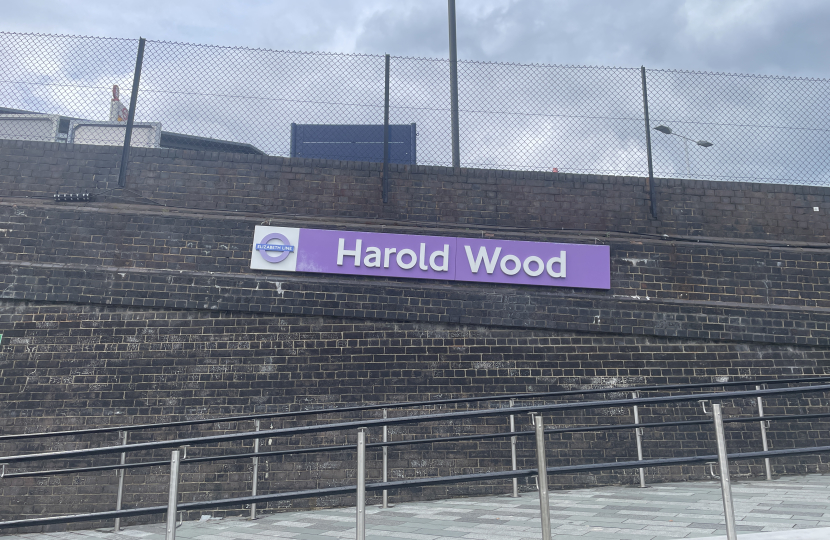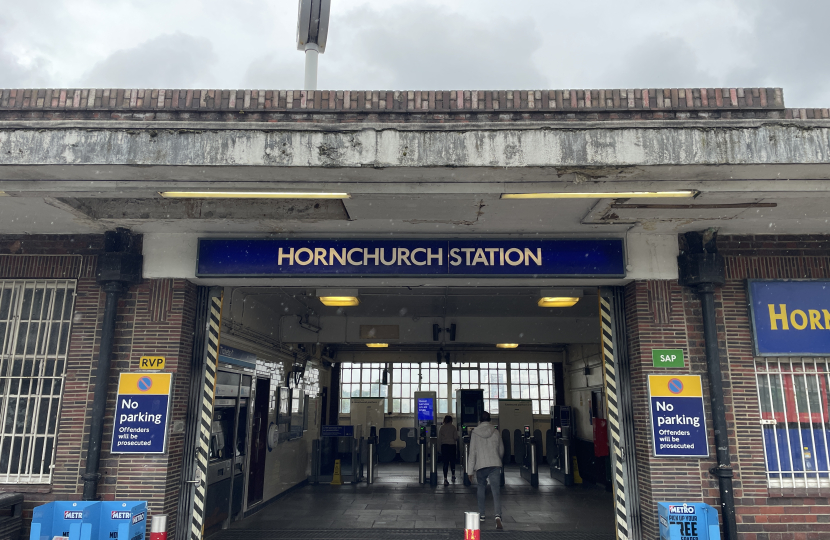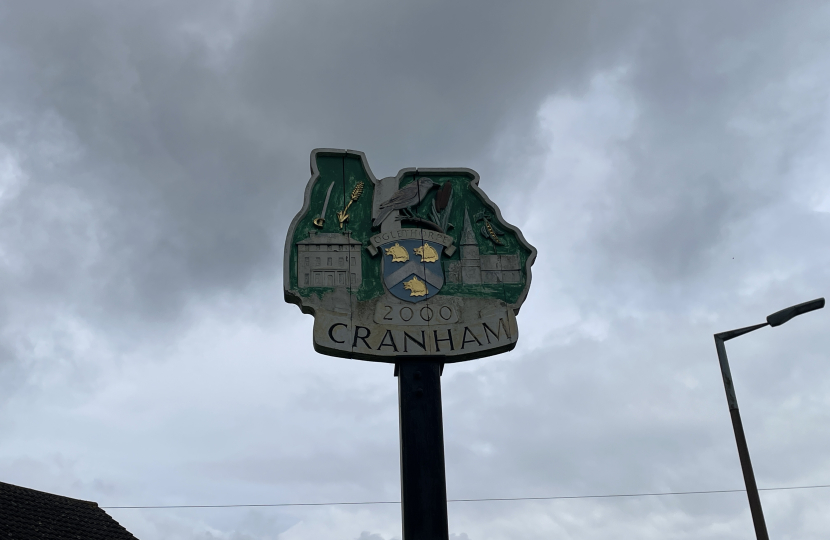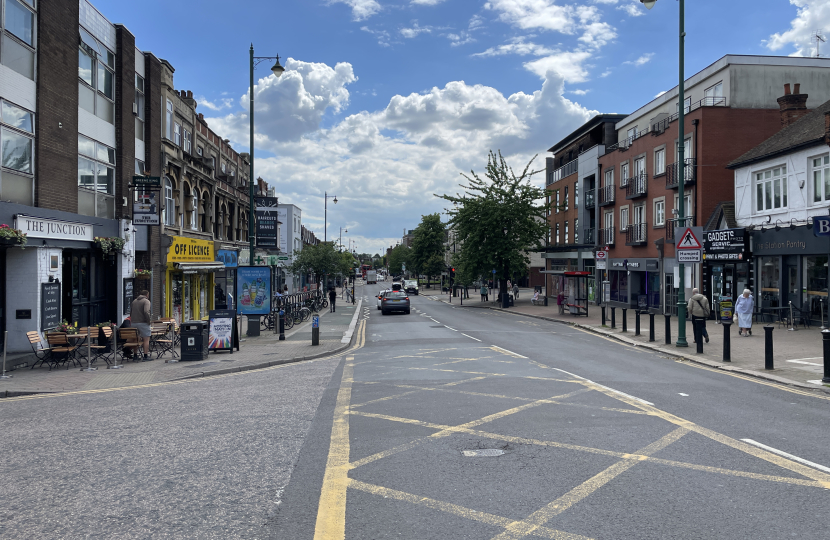Hornchurch & Upminster is Greater London’s easternmost constituency, with deep connections to the County of Essex.
Hornchurch itself was an ancient agricultural parish of the county, though heavily influenced by the royal manor and ancient liberty of Havering and the nearby market town of Romford. As London grew rapidly in the twentieth century, however, Hornchurch was absorbed into its suburbs and by 1965 was formally incorporated into Greater London as part of the borough of Havering, along with the parishes of Upminster, North Ockendon and Cranham.
In 1944, the London County Council decided in its Greater London Plan to alleviate inner London housing shortages by building a large estate on Harold Hill in Gooshays and Heaton wards. The estate was completed in 1958 on land that used to be part of the grounds of Dagnams House, and is famous as the location for the first council sale to a tenant by the GLC. Known locally as the Hill, the road on its northern edge leads to the village of Noak Hill.
Geographically, Hornchurch & Upminster is one of London’s largest constituencies and the only one that extends beyond the M25. As such, it contains large swathes of protected green belt land and several golf courses. It is also relatively affluent with high levels of home ownership and a much older, more settled population than other parts of London. It is served by the C2C rail line, District line, a small branch of the Overground and most recently the Elizabeth line.
The current parliamentary constituency was created in 2024. Previous MPs include Dame Angela Watkinson and James Brokenshire. It comprises eight wards – Emerson Park, Heaton, Hacton, Gooshays, Upminster, Cranham, Harold Wood and St Andrew’s.






